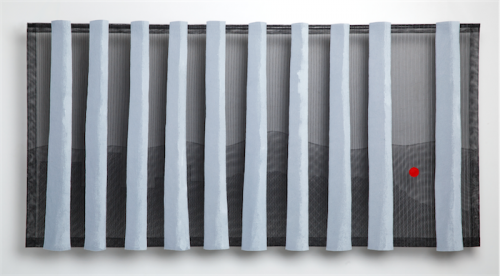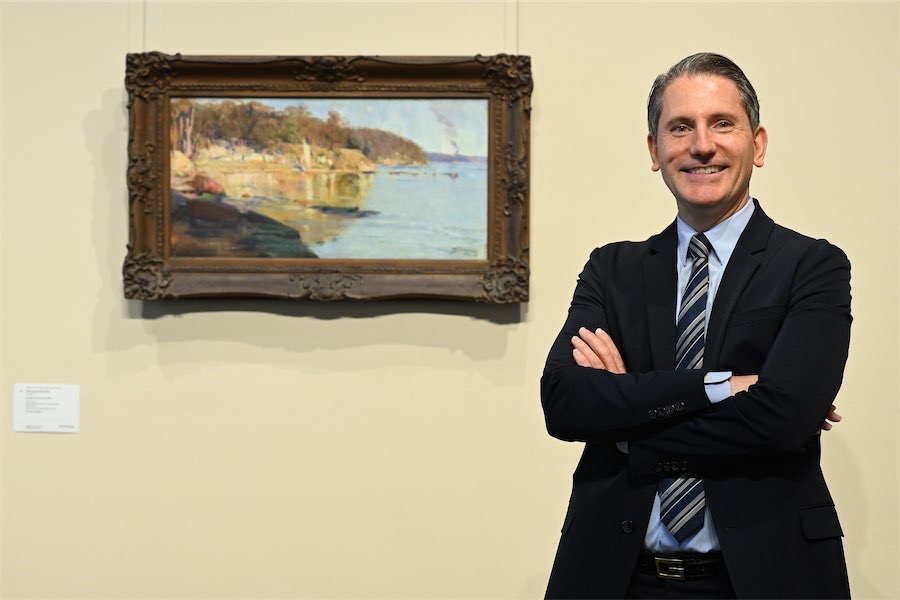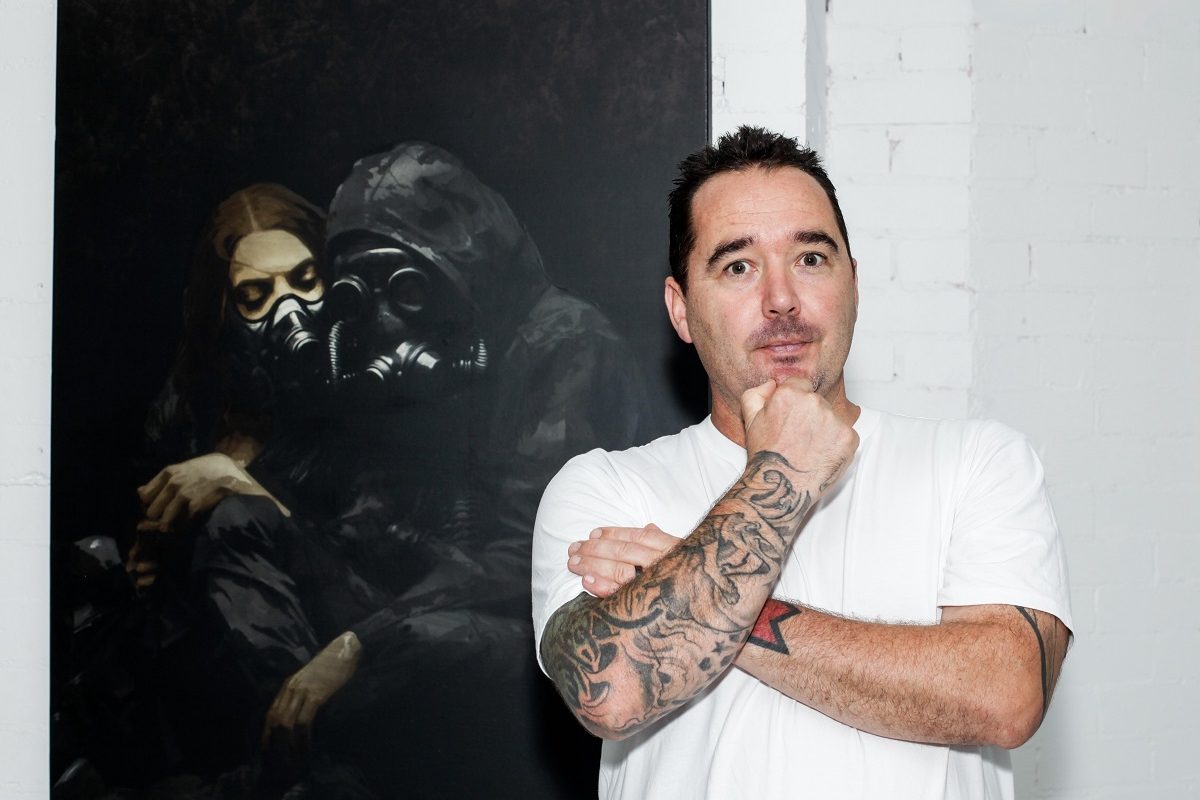
THE annual “Poetry on the Move” summit is one of the jewels in the crown of the University of Canberra, but last year’s event has led to a unique exhibition celebrating the beauty of our city.
It’s been a good year for former UC professor and textile artist Dianne Firth, who was honoured with an Order of Australia Medal (OAM) in the Queen’s Birthday awards and now her show, “Poetry and Place”, is at the Belconnen Arts Centre.
Inspired by her love of Canberra’s landscape and by contact with poets at the university’s Centre for Creative and Cultural Research, Firth invited poets from Australia and overseas who were in town for the summit to write about the beauty of our environment.
Some of them got carried away and came up with many poems. One British poet declined, Canberra was too far from the hedgerows of England.

Firth, in turn, undertook to create large-format textile artworks titled according to the poems, using quilting, embroidery and dyeing techniques. She completed 14 in all.
“I wanted equal numbers of Australian and overseas poets that would fit the gallery space,” she tells “CityNews”.
“It had to hang together as a coherent piece.”
From Canberra, she had words by Jen Webb, Merlinda Bobis, Paul Hetherington, Subhash Jaireth, Penelope Layland, Paul Munden, Jen Crawford and Wiradjuri poet Jeanine Leane. From overseas were poems by Pamela Beasant (Scotland), Katharine Coles (US), Philip Gross (UK), Alvin Pang (Singapore) and Jack Ross and Elizabeth Smither (NZ).
After retiring as a professor of landscape architecture in 2013, Firth joined the Centre for Creative and Cultural Research, where there are lots of poets.
“It was exposure to different ways of dealing with creativity… architects work with industrial designers and have different ways of looking at the world,” she says.
“In seminars as people would read their poetry, I’d be ‘getting’ mood and colour and forms and shapes – their poems had a visual effect on me.”

So when 2016’s “Poetry on the Move” came up, she talked to convener Paul Munden and head of research Jen Webb about the possibility of working through different media in response to the landscape in Canberra.
“As a landscape architect I see Canberra in a particular way, so I wanted to try to help other artists see Canberra.”
A long-time researcher, she headed to the National Library to read poetry about Canberra and found herself absorbed in some written by Judith Wright years ago where the birds were tweeting and the mist was rising over the valley.
“But I wanted to shift the focus. This is a city of design, and even Walter Burley Griffin responded to its visual and physical attributes – I told them that.
“I said to the visitors: ‘You’ve come to Canberra to visit, how did you experience nature?’ I left it with them.”
She was dumbstruck when one poet responded: “I don’t think I like this city very much,” explaining that he preferred hedgerows, gnarly trees and the patina of age.
“He was not able to see the landscape in the way I have been trained to.”
An expert in non-figurative design, she was astonished to find that the poems, when they came in, were full of people, so it was an artistic challenge to her to find “the emotional sweep that dictates colour and form and line.”
Some were clear.
Canberra, so pale and open wide
gardens groomed and architecture cool,
wrote Beasant, in marked contrast to Jaireth’s encounter with Black Mountain:
It’s no Mt. Fuji the mind scoffs but my body ignores the gibe
Or the celebration in Leane’s:
Beneath this century of concrete circles/ancient eternal archives hold/ Stories, Songs, Dance, History.
Some poems hit her between the eyes, but with others, she had to go away and sleep on them to get a visual form translatable into textiles.
Firth notes that in poetry there is a tradition of writing about artworks – Keats’ “Ode on a Grecian Urn” comes to mind – but she wanted to turn the concept back to front, to look at other ways of seeing the landscape of Canberra.
“Poetry and Place”, Belconnen Arts Centre, until September 17.
Who can be trusted?
In a world of spin and confusion, there’s never been a more important time to support independent journalism in Canberra.
If you trust our work online and want to enforce the power of independent voices, I invite you to make a small contribution.
Every dollar of support is invested back into our journalism to help keep citynews.com.au strong and free.
Thank you,
Ian Meikle, editor




Leave a Reply